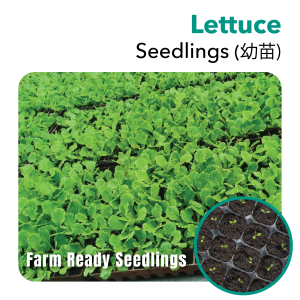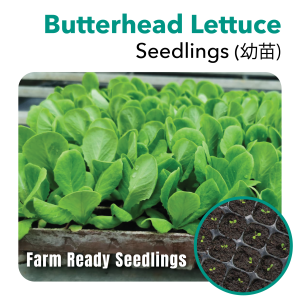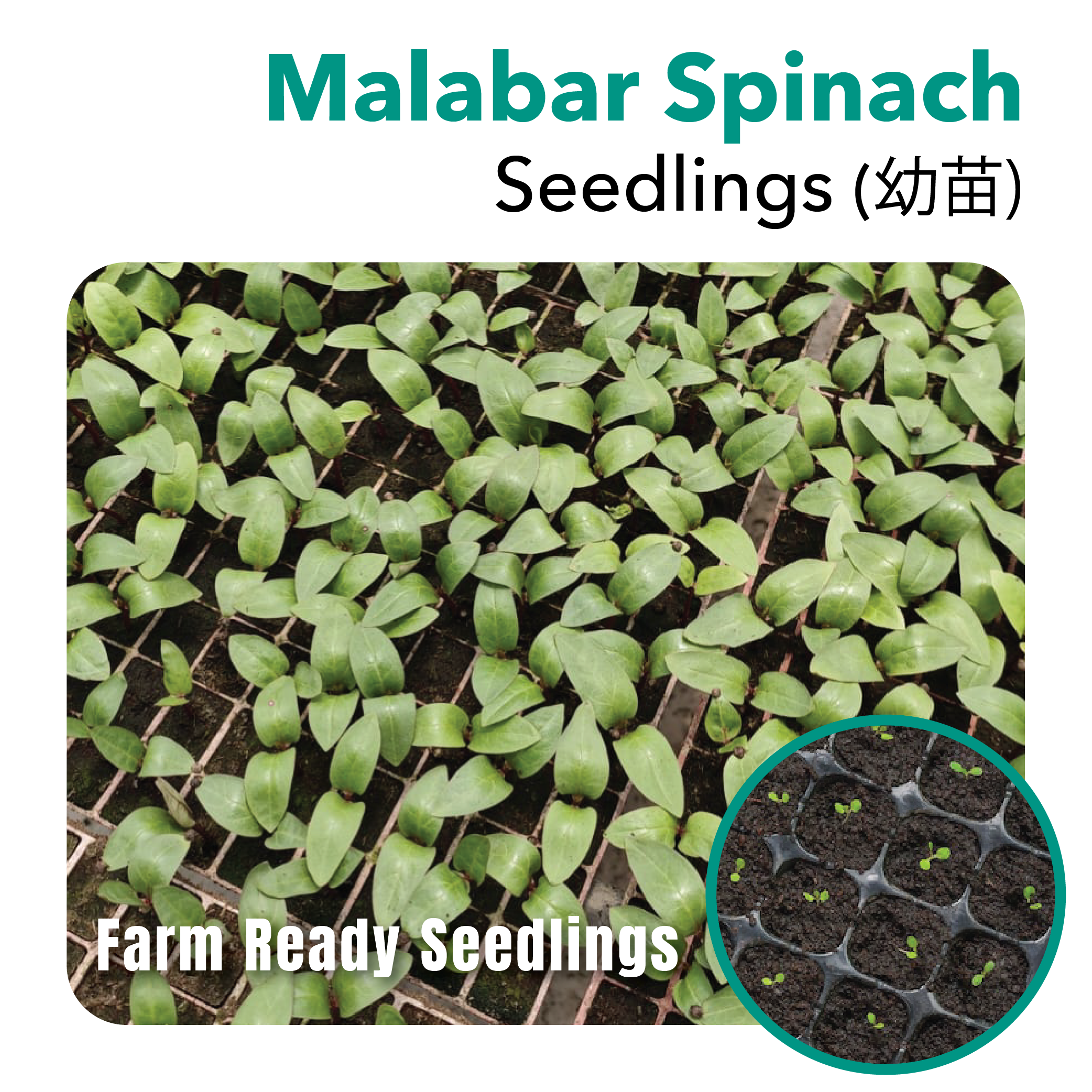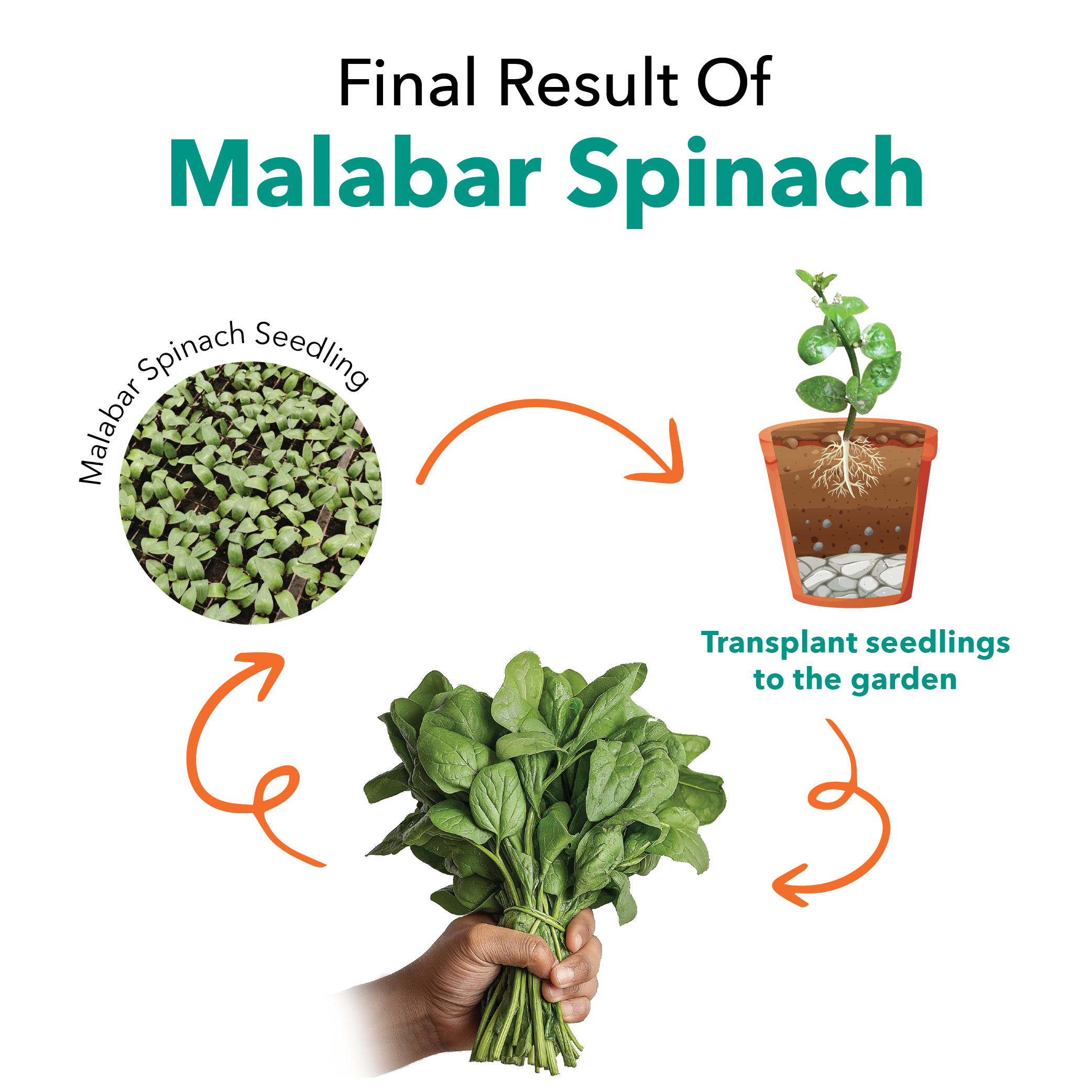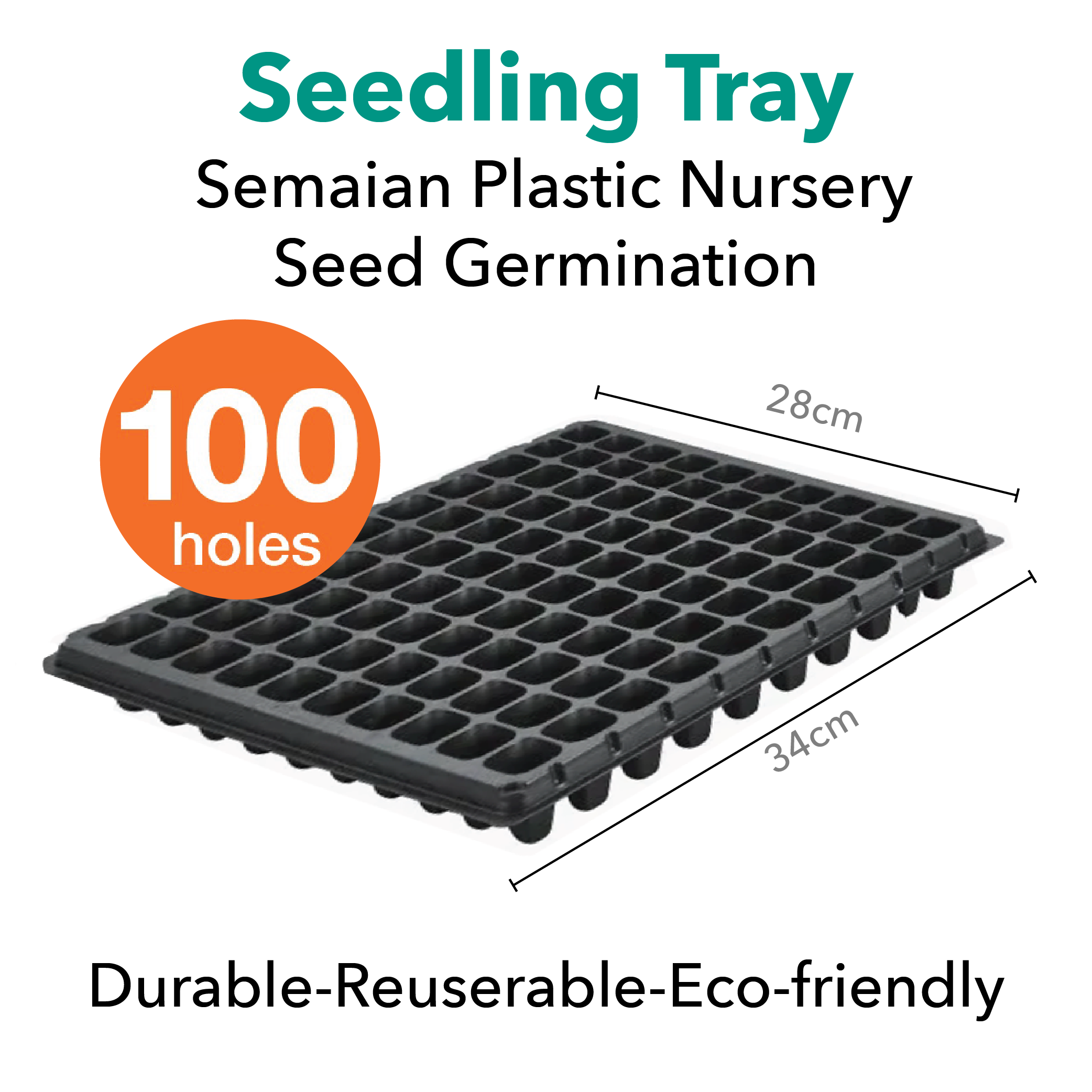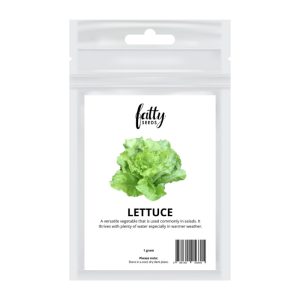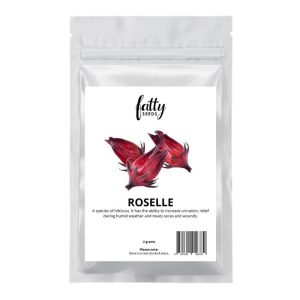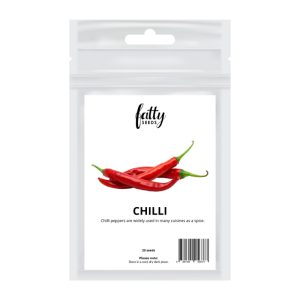1. What are the delivery options?
A) Green Spade Standard Delivery. Free for orders $60.00 and above only. Fulfilled by our friendly Green Spade delivery team. (*This method does not ship to Sentosa or Tuas)
B) Green Spade Express Delivery. 2-4 Business Days (excludes weekends & PH) (*This does not ship to Sentosa or Tuas)
C) Green Spade Same or Next Day Delivery. 1-2 Business Days (Order before 10AM if not next day delivery) (excludes weekends & PH) (*This does not ship to Sentosa or Tuas)
D) To Sentosa Cove & Tuas ONLY STANDARD Delivery. 5-7 business days (excludes weekends & PH)
E) To Sentosa Cove & Tuas ONLY EXPRESS Delivery. 2-4 Business Days (excludes weekends & PH)
**FREE Standard Delivery DOES NOT include both areas of Sentosa and Tuas.
2. How do I go about collecting my order if I have selected self-collection as my preferred mode of shipment?
We will drop you a text/WhatsApp to inform you of the collection details. After which, you would be able to head down to your selected location for self-collection. Kindly inform us in advance on collection date and time so warehouse staffs can be properly notified.
3. If I am not able to self-collect my order, am I able to get someone else to collect on my behalf?
Yes, you can. It will be best if you can inform our Customer Service team about this earlier so that we can keep our staff in the loop about this. If not, you can simply show our staff the order confirmation email, and/or quote your order number in order for us to facilitate this.
4. What's your delivery charges?
Please be patient and hang on to the very last payment page during checkout, from there you will have the option to select and view the delivery charges accordingly.
5. My place of delivery does not have lift access. Is there any delivery surcharges?
Yes! For delivery places that does not have a lift access and the only access is the staircases, there will be a surcharge of $5 dollars per level. Please kindly do notify us before-hand in the comment section. If else we will schedule your delivery again upon arriving.
6. When will I receive my order?
Green Spade aims to deliver your orders within 3 to 5 business days.
This means that if you place your order on Thursday, you should expect your order to reach you by next Thursday, excludes weekends and public holidays.
7. Do you deliver on weekends?
Do note that our normal business hours are from Monday-Friday, excludes weekends and public holidays. Delivery on Saturday is subjected to our delivery volume.
8. What is your delivery time?
Generally, delivery will take place between 8:30am to 6pm between Monday-Friday. This is subjected to our delivery routes.
Please note that the estimated delivery date/time is at our best approximation and will vary with circumstances such as traffic conditions.
9. How will I be notified on the delivery date or time?
We will text/WhatsApp you the estimated delivery time the day before delivery. Do keep a lookout for our text/Whatsapp!
10. What happens if I am not home to collect the delivery?
If no one is available to receive the package at the delivery address, you may request our delivery team to leave it on your doorstep or provide other instructions. Be it with a neighbour, outside your house or hide it among your flower pots!
You can inform us when you receive our text/Whatsapp.
11. Is it possible to change my shipping address after my orders have been dispatched?
Unfortunately, we are unable to redirect orders once your order is out for delivery. Please ensure the correct shipping address is provided.
12. I have provided the wrong address for delivery.
If the address provided is incorrect or partial, the order will be returned to us and Green Spade is not liable for any delay caused to the delivery. You will be responsible for any additional shipping charges incurred for attempted delivery, re-delivery and returned order.
Please ensure the delivery address provided is accurate.
13. For Self Collections, there will not be any delivery charge.
Please be patient and hang on to the very last payment page after you have selected your shipping method, there won't be any delivery fees charge to you.

